Emily Will
Advisor: Terri Fuglem
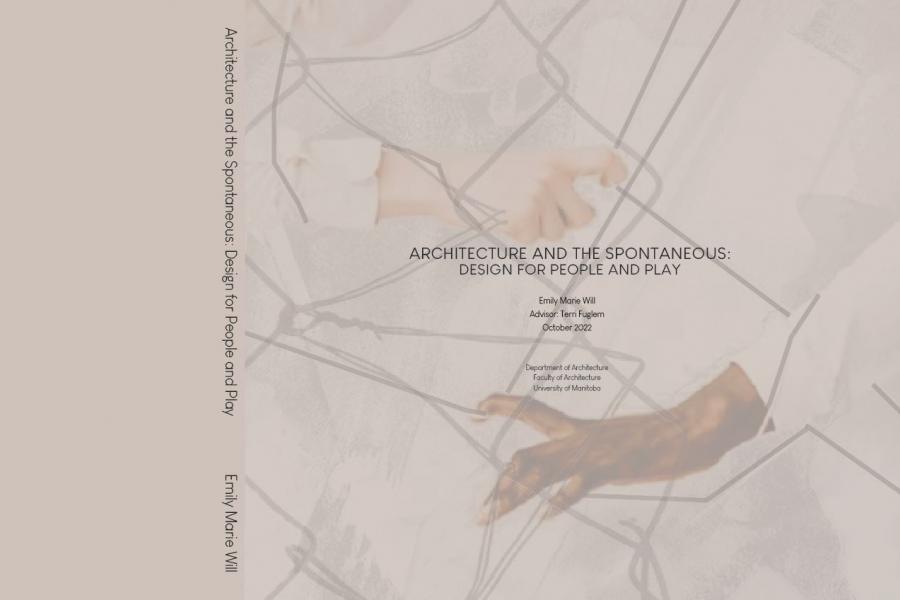
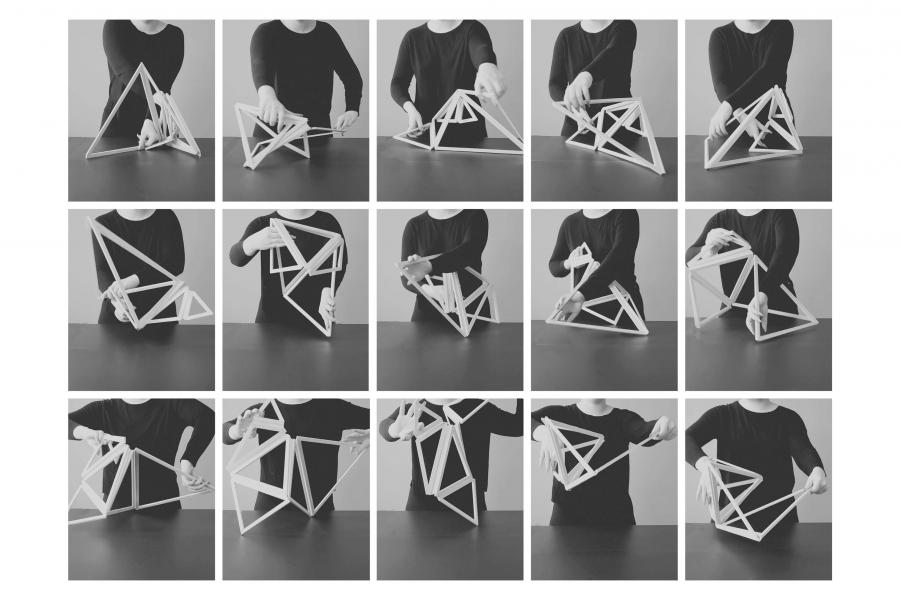
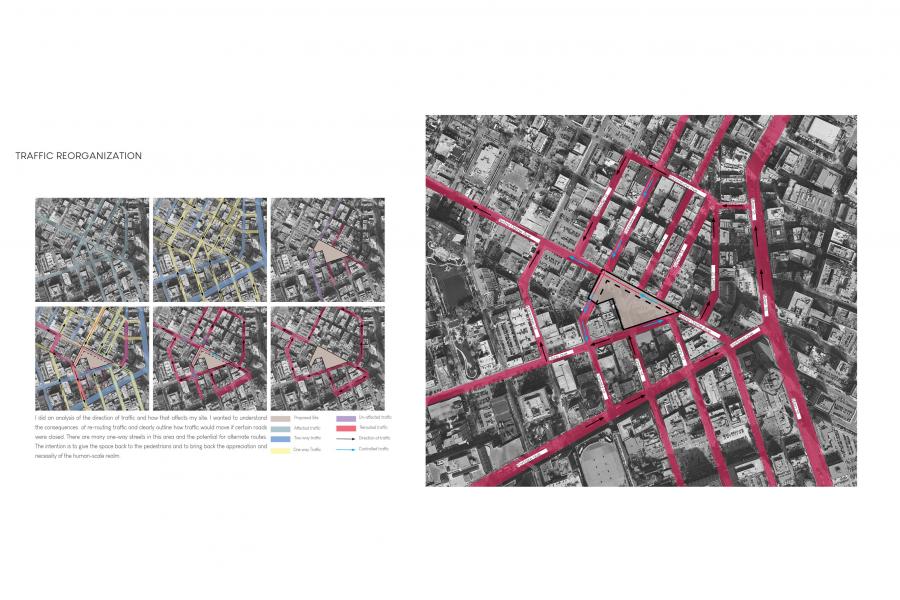
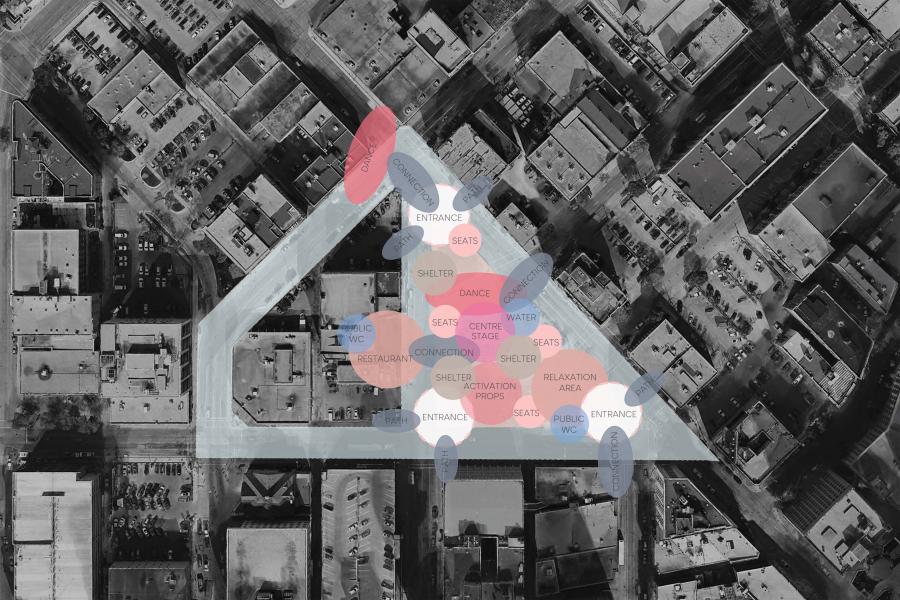
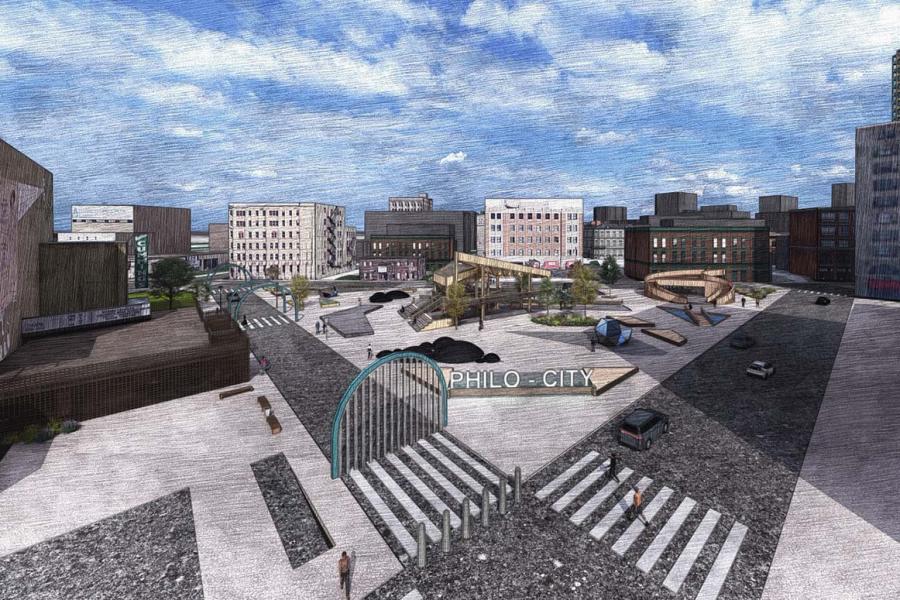
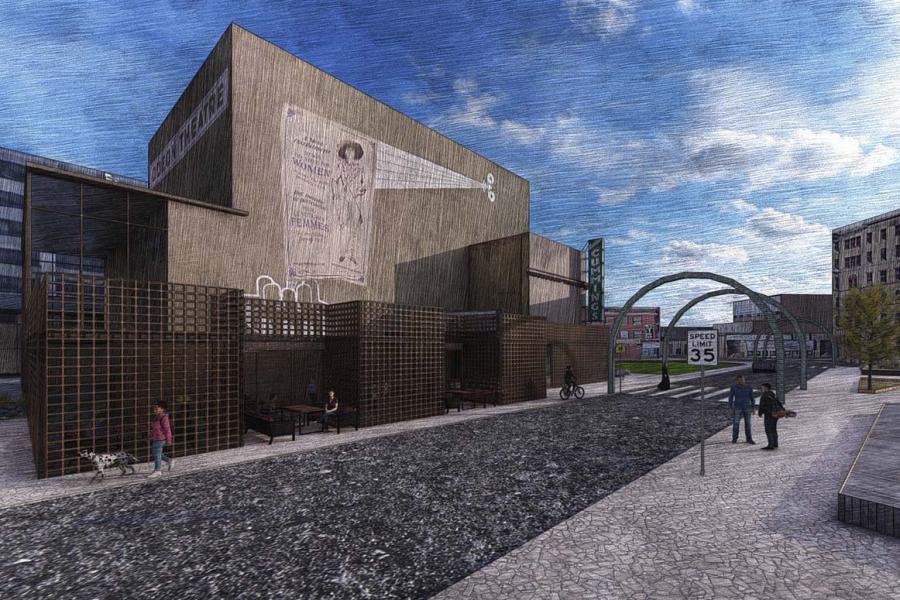
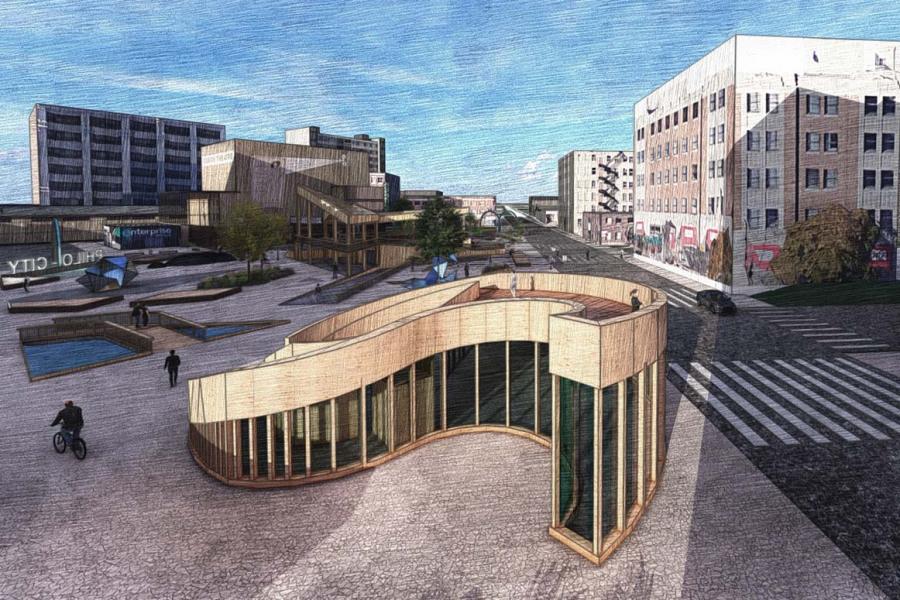
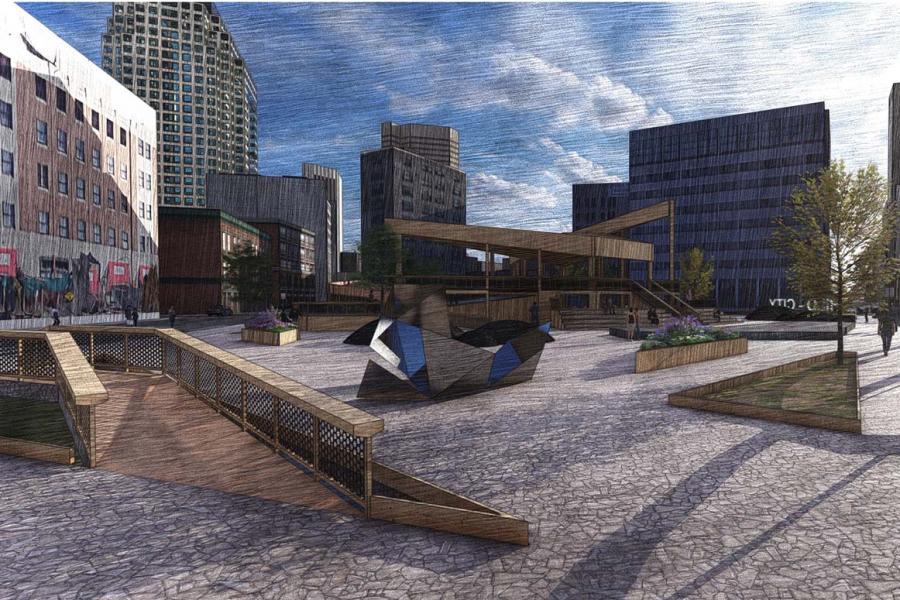
Architecture and the Spontaneous: Design for People and Play
Architecture began with the body and has slowly moved away from it with the advancement of technology, vehicle transportation, and consumerism. In todays' modern cities, planning and design are often centered around the car, creating a scale that is much larger than that of a person. This separation of the body from the built world creates disengagement between people and the environment. This thesis asks how a public square can mitigate the focus of the vehicle and engage a space that relates more closely to the body.
Richard Sennett in Fall of Public Man outlines the value of public squares seen between the eighteenth and the nineteenth centuries in Europe. This value of the public realm is losing traction in the modern world as a reverence for private space grows through the implementation of democracy, privacy, and consumerism.1 Such transformations in societal priorities have a profound impact on architecture. This transformation to the private realm has divided architecture and created a need for separate places for movement, and gathering, resulting in decreased bodily interactions among people and the city.
This thesis will use the design of a public square in the Winnipeg Exchange District to promote interaction with public space and to narrow the distinction between the public and private realm while mitigating traffic and the focus on the car. The square will take inspiration from Laban's Movement Analysis (LMA), an experiential system for observing, describing, and interpreting human movement, focusing on space, time, and weight.2 Through the study and implementation of LMA, an understanding of the physical relationships between individuals and society will emerge. This understanding will lead to an architecture that acts as a stage for exploration, participation, and observation where people are encouraged to move their bodies.
1 Sennett, Richard. The Fall of Public Man. W.W. Norton, 2017.
2 Counsell, Colin. Dancing to Utopia: Modernity, Community and the Movement Choir. Dance Research: The Journal of the Society for Dance Research 22, no. 2 (2004): 157-67. Https://www.jstor.org/stable/4147310.
